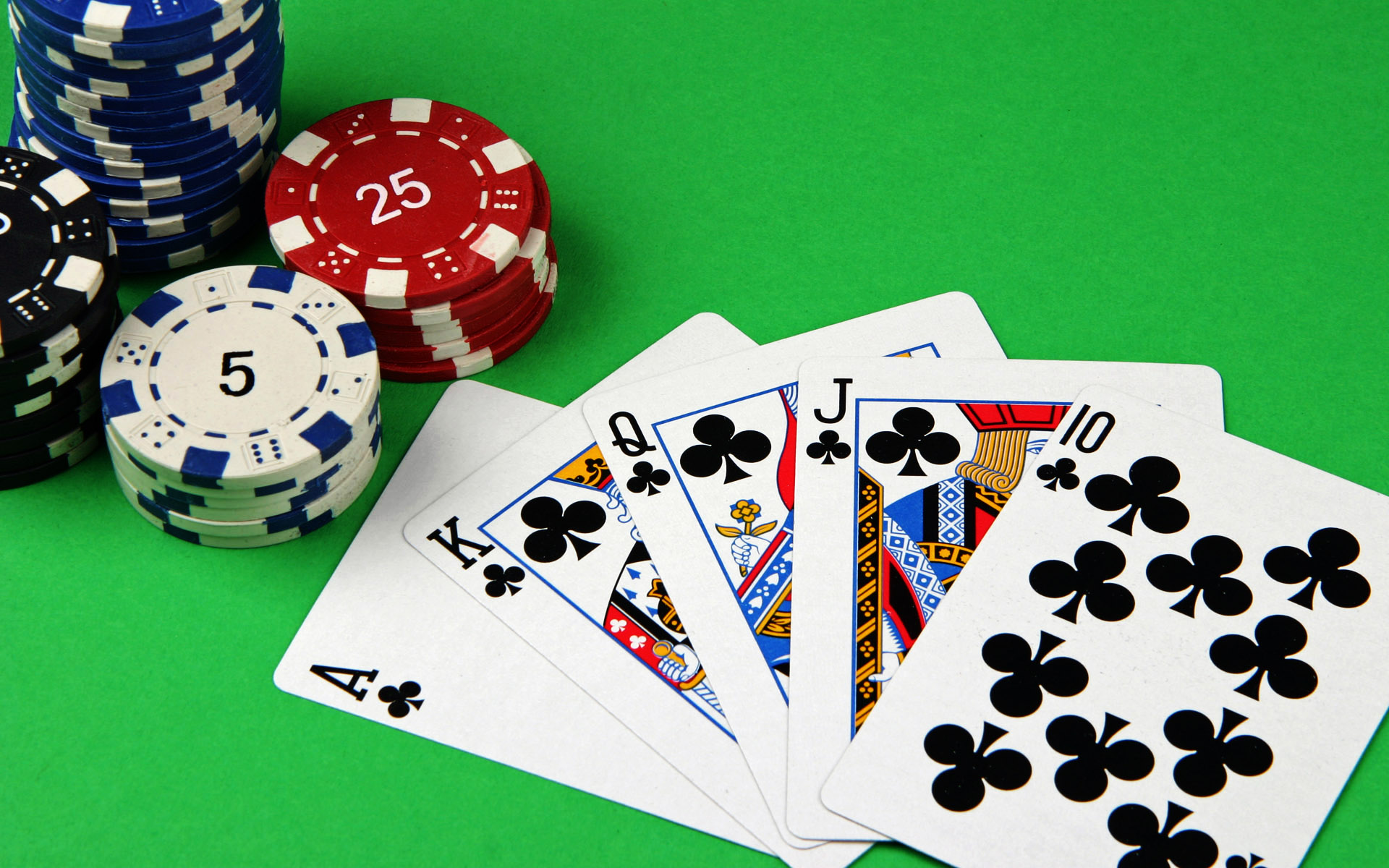Introduction
How To Read People In Poker: Reading people in poker is a skill that sets apart novice players from seasoned professionals. While the game’s strategic elements, mathematics, and probabilities are crucial, the ability to interpret and understand the behavioral cues of opponents can be a game-changer at the poker table. “How to Read People in Poker” delves into the intricacies of this invaluable skill, exploring the various behavioral and psychological aspects that can be observed during gameplay.
This guide will unveil the art of recognizing poker tells, which are the subtle signals players unwittingly give away about their hand strength, emotions, and intentions. From body language and facial expressions to betting patterns and timing, we will explore the key elements to consider when trying to decode an opponent’s likely moves. Understanding the psychology behind poker tells and how players might use deception will also be addressed, emphasizing the importance of maintaining a balanced and adaptable approach.
Additionally, this guide will tackle the challenges of reading people in online poker, where physical cues are absent, and new methods of observation come into play. With practical tips, case studies, and expert insights, “How to Read People in Poker” aims to equip players with the tools needed to enhance their decision-making, capitalize on opponents’ vulnerabilities, and elevate their poker prowess to a higher level.

What does it mean to “read” people in poker?
“Reading” people in poker refers to the skill of analyzing opponents’ behavior, body language, and betting patterns to gain insights into the strength of their hands and potential strategies. It involves understanding their habits and emotions to make informed decisions during the game.
In the context of poker, “reading” people refers to the skill of interpreting and understanding the subtle behavioral cues and body language exhibited by opponents at the poker table. It involves the ability to discern valuable information about their likely hand strength, emotions, and overall strategy, which can be pivotal in making informed decisions during gameplay.
A skilled poker player who can read others accurately may observe microexpressions, such as fleeting facial movements or changes in body posture, to gauge their opponents’ level of confidence or nervousness. Additionally, factors like eye contact, breathing patterns, and fidgeting may provide hints about the cards they hold or their intentions.
Mastering the art of reading people is a multifaceted endeavor, requiring a combination of intuition, psychological insight, and experience. It involves understanding that each individual has their unique tell-tale signs, which can be as subtle as a twitch of a muscle or a quick glance at their chips.
However, it is crucial to remember that reading people in poker is not foolproof. Misinterpretations can occur, and some players may deliberately employ deception to throw off their opponents. Therefore, skilled players strike a delicate balance between relying on behavioral cues and analyzing betting patterns and game dynamics to make well-informed decisions on the poker table. Reading people in poker is an ever-evolving skill that demands constant observation, practice, and adaptability.
Can poker players read people?
The ability to read your opponents’ body language, facial expressions, and betting patterns can provide valuable insight into their hand strength, playing style, and overall strategy. The ability to read people in poker can also help you to bluff effectively and make the right calls at the right time.
Poker players can indeed read people to some extent, but it’s essential to understand that the term “reading people” in poker is often surrounded by misconceptions and exaggerated expectations. While it is true that skilled players can pick up on certain behavioral cues and patterns exhibited by their opponents, the ability to do so with unwavering accuracy, as often depicted in movies or popular culture, is an overstatement.
Reading people in poker involves observing and interpreting the various signals that may reveal information about an opponent’s hand strength, emotions, or intentions. These cues can include body language, facial expressions, betting patterns, timing, and overall demeanor at the table. However, it’s crucial to acknowledge that these cues are not universal and can vary significantly from one player to another.
In reality, successfully reading people in poker is a combination of art and science. It requires a deep understanding of human psychology, an awareness of one’s biases and perceptions, and a vast amount of experience at the poker table. Even the most experienced players can misread opponents or fall victim to their own cognitive biases.
How do you read people in online poker?
- Table Count.
- Stack Size and Auto-Rebuy.
- Postflop Bet-Sizing.
- Posting a Blind Out of Position.
- Chat Box Tells.
- Passive Play.
- Timing Tells.
- Final Thoughts.
Reading people in online poker poses unique challenges compared to traditional brick-and-mortar poker settings, primarily because players do not have the advantage of observing physical cues and body language. However, there are alternative strategies that can help discern valuable information in the virtual realm.
- Betting Patterns: Analyzing an opponent’s betting patterns is crucial in online poker. Pay attention to their bet sizing, timing, and frequency of bets, as it can reveal their level of confidence or uncertainty in their hand.
- Speed of Play: Observing how quickly or slowly an opponent makes decisions can provide insights into their experience and decision-making process. Quick, snap decisions may indicate a strong hand, while prolonged thinking might signify a weaker one.
- Chat Box Interactions: Some online poker platforms offer chat features. Monitoring how opponents engage in the chat box can give hints about their emotional state and potential distractions.
- Note-taking: Taking notes on players’ tendencies and behavior during the game can help build a profile on their playing style and provide valuable information for future encounters.
- Consistency and Discrepancies: Look for patterns in an opponent’s actions and identify any deviations. Inconsistencies might indicate a change in strategy or the strength of their hand.
- Multi-tabling: Be aware that some players may be multi-tabling, which could affect their response times and decision-making process.
How do you spot someone’s tell in poker?
7 Poker Tells That Deserve Your Attention
- Defensive Movements.
- Hesitations and Pauses When Betting.
- Double-checking Hole Cards.
- Quicker-than-usual Calls.
- Weak-hand Statements.
- Goading.
- Irritation.
Spotting someone’s tell in poker involves identifying subtle and consistent behavioral patterns or physical cues that inadvertently reveal information about their hand or intentions. While not every player has an obvious tell, keen observation and experience can help you pick up on these valuable clues.
- Consistency: Look for consistent behavior in a player’s actions. If they suddenly deviate from their usual pattern, it could signal a change in their hand strength.
- Nervousness: Watch for signs of nervousness, such as fidgeting, increased blinking, or trembling hands. These can indicate excitement or anxiety about their hand.
- Staring at Hole Cards: A player who repeatedly checks their hole cards after the flop may have connected with the board, while avoiding looking at them could imply a weak hand.
- Betting Patterns: Pay attention to how a player bets. Sudden increases in bet size, hesitations, or unusually large bets could be indicative of a strong hand or a bluff.
- Timing: The time it takes for a player to make a decision can be revealing. Quick actions may signify confidence, while prolonged thinking might indicate uncertainty.
- Verbal Cues: Listen for any verbal slips or changes in tone. Sometimes, players involuntarily give away hints about their hand through their speech.
- Eye Movements: While not foolproof, some players may give away subtle clues with their eye movements. Glancing at chips, cards, or the board might offer hints about their thought process.

Does poker require high IQ?
In many ways, yes. In order to succeed and win money at poker, a person must develop their mathematical and logical reasoning skills beyond what an average person would know. Even so, raw intelligence is less important than having the strong work ethic it takes to become skilled at the game.
Poker does not necessarily require a high IQ (Intelligence Quotient) to be successful. While intelligence can undoubtedly be an advantage, other factors play a more significant role in determining a player’s success in poker.
- Strategic Thinking: Poker is a game that involves strategic decision-making, probability assessment, and risk management. Having a strong analytical mind and the ability to think critically can be valuable, but this doesn’t solely rely on IQ.
- Emotional Intelligence: Emotional intelligence is equally important in poker. Being able to manage emotions, read opponents, and control one’s own behavior is crucial for making rational decisions during gameplay.
- Experience and Skill: Poker is a game that improves with practice and experience. Learning the nuances of the game, understanding different playing styles, and developing a range of skills, such as reading people, betting strategically, and bluffing effectively, are more vital than having a high IQ.
- Discipline: Successful poker players possess discipline and self-control. They know when to fold, when to be aggressive, and when to exercise patience. These qualities aren’t necessarily linked to IQ but are integral to poker success.
Why is reading people essential in poker?
Reading people is crucial in poker because it can give you a significant advantage. By understanding your opponents’ likely holdings and intentions, you can adjust your own strategy accordingly, make better decisions, and potentially win more chips.
Reading people is essential in poker because it provides players with valuable insights into their opponents’ likely hand strength, emotions, and overall strategy. This information empowers players to make more informed and strategic decisions during gameplay, increasing their chances of success.
- Identifying Bluffs: By reading an opponent’s behavior and spotting signs of nervousness or inconsistency, skilled players can detect potential bluffs and make well-timed calls or raises to capitalize on the situation.
- Avoiding Traps: Reading people helps players steer clear of potential traps set by opponents with strong hands. Recognizing signs of strength allows players to fold when necessary, minimizing losses.
- Maximizing Value: Understanding an opponent’s tendencies and playing style allows players to tailor their own strategies to extract the maximum value from each hand when they have a strong holding.
- Table Image: Reading people helps players develop and control their own table image. By manipulating how opponents perceive their playing style, players can create advantageous situations in future hands.
Can you rely solely on poker tells to read people effectively?
While poker tells can provide valuable information, they should not be the sole basis for reading people. Players may use deception or reverse tells to mislead opponents intentionally. It’s essential to combine tells with other observations, such as betting patterns and table dynamics, to make accurate assessments.
Relying solely on poker tells to read people effectively is not a reliable or recommended strategy. While reading people and identifying tells can be a valuable skill in poker, it has its limitations and should be supplemented with other essential elements for successful gameplay.
- Inconsistency and Deception: Some players are skilled at concealing their true emotions and intentions. They may deliberately give off false tells or vary their behavior to mislead opponents.
- Online Poker: In online poker, the lack of physical presence makes it nearly impossible to rely on traditional tells. Instead, players need to focus on betting patterns, timing, and other behavioral cues that can be less telling.
- Sample Size: In a live poker setting, the number of hands played with a specific opponent might be limited. Drawing accurate conclusions based on a small sample size of tells can lead to erroneous judgments.
- Cultural and Individual Differences: Different players may have diverse cultural backgrounds or unique behavioral traits, making it challenging to generalize tells accurately across the board.
- Varying Skill Levels: The effectiveness of tells can also differ depending on the skill level of opponents. Novice players might display more obvious tells, while experienced players can be more composed and guarded.
Should I use poker tells to bluff my opponents intentionally?
Yes, using poker tells strategically can be a part of your overall bluffing strategy. However, be cautious not to rely solely on this tactic, as experienced players might pick up on your deception and exploit it. Balancing bluffs with a solid betting strategy and hand selection is essential.
Using poker tells to bluff your opponents intentionally can be a double-edged sword and requires careful consideration. While leveraging tells to deceive opponents can be a valuable tactic when executed skillfully, it also carries risks and potential downsides.
Pros
- Exploiting Weakness: If you accurately read your opponents and identify signs of weakness or uncertainty, you can strategically bluff to exploit their vulnerabilities.
- Enhanced Deception: Incorporating intentional false tells can add another layer of deception to your game, making it harder for opponents to read your actual hand strength accurately.
- Psychological Impact: Successful bluffing can have a significant psychological impact on opponents, potentially inducing tilt or causing them to doubt their own reads and decisions.
Cons
- Risk of Misinterpretation: Misreading opponents or misjudging their tells can lead to costly blunders and unnecessary losses.
- Overreliance on Tells: Relying too heavily on tells for bluffing might make you predictable and exploitable by observant opponents who catch on to your strategy.
- Inconsistent Tells: If your false tells are inconsistent or unconvincing, opponents may see through the deception, jeopardizing the effectiveness of your bluffs.
- Table Image: Intentional false tells could affect your table image negatively, leading opponents to doubt your credibility even when you genuinely have a strong hand.

Conclusion
Mastering the skill of reading people in poker can significantly elevate a player’s game and provide a competitive edge at the poker table. Throughout this guide, we have explored the intricacies of interpreting behavioral cues, understanding psychology, and identifying poker tells that can influence decision-making.
The art of reading people in poker involves a delicate balance of intuition, observation, and experience. It is essential to recognize that poker tells are not foolproof and can vary greatly from one player to another. As such, the ability to adapt and refine one’s approach becomes paramount in effectively utilizing this skill.
We have also emphasized the significance of complementing poker tells with a strong foundation in game strategy, probabilities, and mathematical analysis. While reading people provides valuable information, it is the synergy with these essential elements that creates a well-rounded poker player.
Whether playing live or online poker, players must remain aware of their own behavior and table image, as well as the potential tells they might inadvertently display. Being mindful of opponents’ tells while avoiding becoming overly reliant on them is key to maintaining a competitive advantage.










